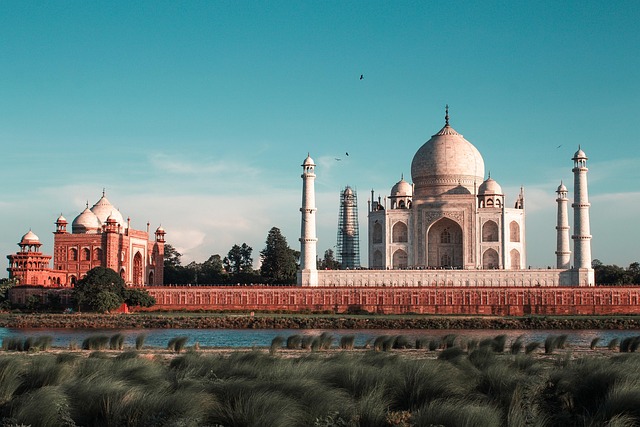
Overview of the Chapter
This chapter introduces students to the geographical aspects of India, focusing on its size and location. It covers India's position on the globe, its neighboring countries, and the significance of its geographical extent. The chapter also discusses the impact of India's location on its climate, natural resources, and cultural diversity.
India's Location
India is located in the northern hemisphere between latitudes 8°4'N and 37°6'N and longitudes 68°7'E and 97°25'E. The Tropic of Cancer (23°30'N) passes through the middle of the country, dividing it into almost two equal parts.
Key Point: India lies entirely in the Northern Hemisphere and the Eastern Hemisphere.
Size of India
India has a total area of about 3.28 million square kilometers, making it the seventh-largest country in the world. The land boundary of India is approximately 15,200 km, and the coastline, including the islands, is about 7,516.6 km long.
Key Point: India accounts for about 2.4% of the total geographical area of the world.
India and Its Neighbors
India shares its land boundaries with seven countries: Pakistan and Afghanistan in the northwest, China (Tibet), Nepal, and Bhutan in the north, and Myanmar and Bangladesh in the east. Sri Lanka and the Maldives are the two island countries located to the south of India.
Key Point: India has a strategic location in South Asia, with the Indian Ocean providing a crucial maritime route.
Significance of India's Location
India's central location in Asia provides it with a strategic advantage. The trans-Indian Ocean routes connect the countries of Europe in the West and the countries of East Asia, giving India a prominent position in international trade and commerce.
Key Point: India's location has contributed to the exchange of ideas, commodities, and cultural influences throughout history.
Standard Time of India
India follows a single time zone, which is 5 hours and 30 minutes ahead of Greenwich Mean Time (GMT+5:30). The standard meridian of India (82°30'E) passes through Mirzapur in Uttar Pradesh.
Key Point: The longitudinal extent of India is about 30°, but it uses a single time zone for administrative convenience.
